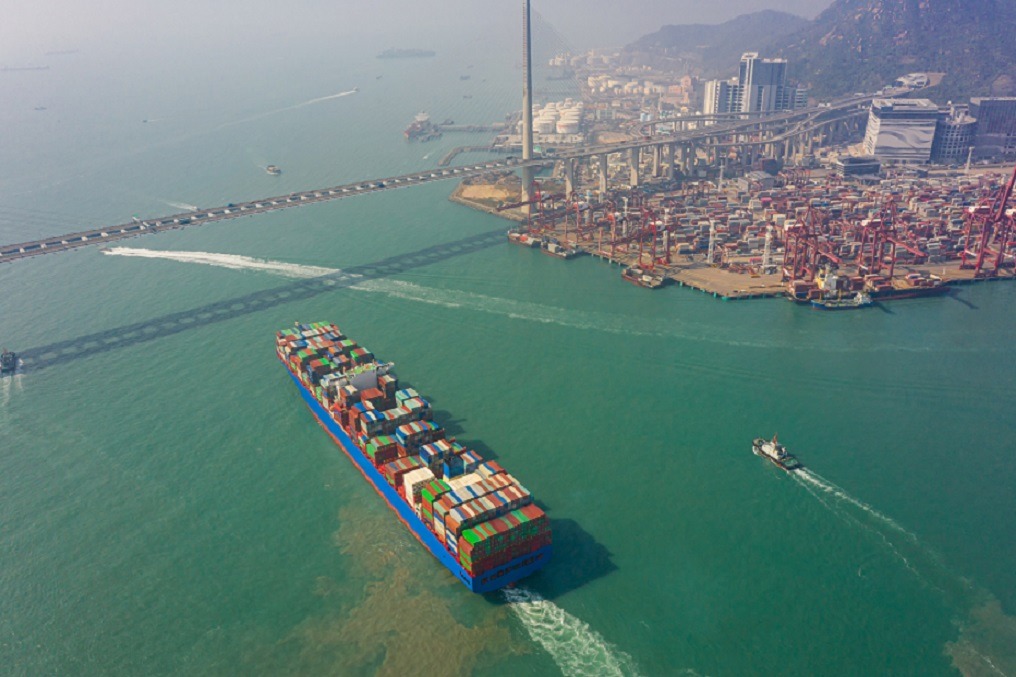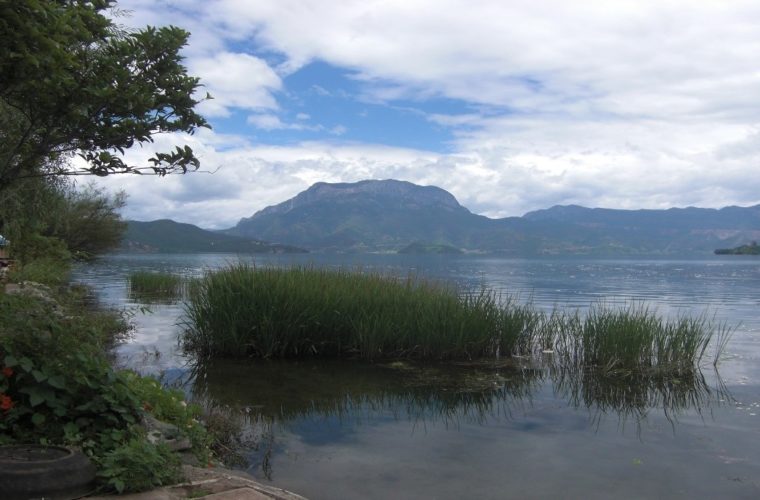
Belt and Road: a trade tsunami in the making
The opinion expressed on this page is not necessarily that of the editors.
De mening zoals weergegeven op deze opiniepagina is niet noodzakelijkerwijs die van de redactie. Ook een ingezonden brief in de Krant van de Aarde? Stuur uw mening naar: redactie@krantvandeaarde.nl
Tekst: John Wyse | Foto: Bigstock
For five days, a 400 meter long, 20 thousand TEU Taiwanese managed cargo ship blocked the Suez canal to hundreds of other vessels originating from Asia.
A complex narrative has always got many sides from which to look, especially when a route traveled by 12 % of the world’s cargo suddenly stops. We may choose, for instance, to focus on the damages claimed by the Egyptian government whose cargo fees dwindled as ships were forced to travel the old -long road around South Africa. Or rather, review the risks involved in large tonnage freight in terms of lack of maneuverability.
Cargo
All issues aside, a review of key figures allows us to appraise the current trade and economic implications of very long supply chains bringing goods from Asia all the way to Europe and back.
A cargo ship through the Suez canal may take 30 days to travel from Singapore to the Port of Rotterdam.
Another route, by train brings products from Yiwu, China to Duisberg, Germany in 18 days. Have you seen the small garlic heads at Albert Heijn? Even they come from the People’s Republic of China (PRC) not only the smartphones that you use.
Modern Silk Road
All these routes indicated above are part of the modern Silk Road or in contemporary words, the Belt and Road complex of ports, routes, and logistic stations which link East and West and turn Asia and Europe into one single trading continent. For the PRC, the Belt and Road is not a road to travel but a territory to conquer.
While Europe is busy with Brexit, illegal immigration, and the survival of the Euro, the PRC government is thinking of ways to render its ports more efficient, its products more value-added, and its means of transportation, faster and more efficient.
Investment
Even before the grand plan of connecting Eurasia a reality, there were trains bringing loads of merchandise between China and Europe. Between 2011 and 2018, 6000 trains traveled the old route where only camels and donkeys would walk on, centuries ago.
If that number may look large enough, the future looks even more astounding. It is planned that when the route will be fully operational as it has required an enormous investment (50 billion dollars by the Beijing government) and logistics expertise and equipment to go along, more than 5000 trains will run between China and the EU which is roughly the equivalent of 1 train every 15 minutes.
What is the EU’s stance?
On December 30th, 2020, the authorities of the PRC and EU signed the so-called Comprehensive Agreement on Investment or CAI. A process of investment liberalization is promoted bilaterally in areas like telecommunications, financial services, automobiles, and chemicals among others. The agreement should benefit both sides, it is stated.
The Chinese government has indicated that no investment liberalization will take place unless the EU markets are likewise open to Chinese investments. An agreement of this nature tends to support a broader context of trade liberalization between two countries or national entities.
The Merkel administration aims at increasing trade with China, a major consumer market to German goods; bear in mind the hegemonic role the German national government plays in shaping up this EU policy.
The Chinese counterparts are posing several caveats to the scope of the agreement in areas such as automobile manufacturing, and telecommunications when it comes to EU interests fully owning Chinese business interests in the aforementioned sectors.
The road ahead
Recently, the EU Parlament has voted to suspend such an agreement mostly resulting from the negative vote by German Greens and by some nationalistic parties. Pressure from the Biden administration has done its part in making Brussels’ policies more critical towards PRC enterprises due to the latter’s human rights violations of the Uighur ethnic minorities.
The defeat of the CAI may slow trade integration but not stop it since major interestes from the automobile, retail, textiles, telecommunications are making the EU economies overwhelmingly integrated with that of the PRC’s economy. The logistical Infrastructure is already set between the two continents to support that.
True, that many tons of Campina yogurt may buy some Chinese-made hybrid automobiles. The question is how many tons of tomatoes, yogurt, and beer will the EU enterprises need to sell and for how long, moving forward, to buy Ai or 5G telecommunication equipment needed to digitalize their economies?
Anybody wondered what effects would these trade flows have on EU value-added production in many EU manufacturing sectors? Or towards the average EU citizen standard of living?
Let us not wait on the sidelines for history to author this chapter for us and voice our approval for shorter supply chains wherever possible which may preserve our local production as well as our standard of living.
John Wyse is Academic Director, European School of Economics, Senior Lecturer In Strategy, Innovation and Entrepreneurship



